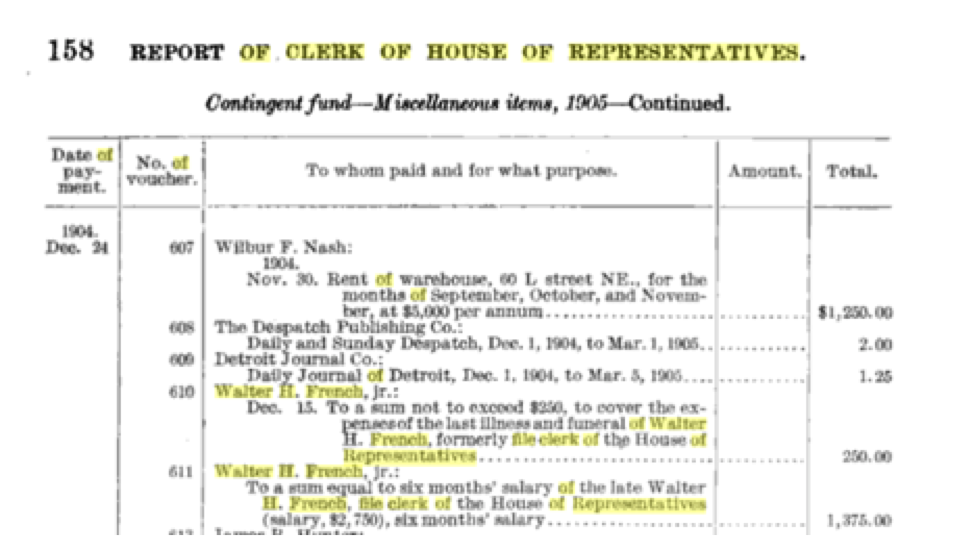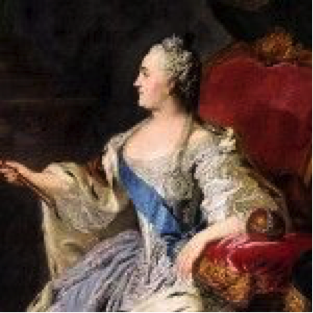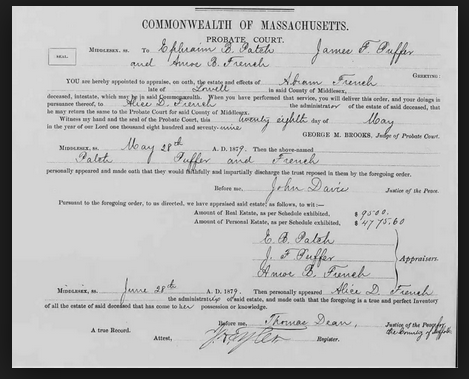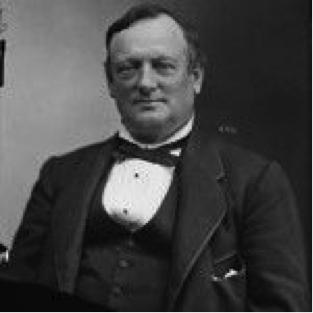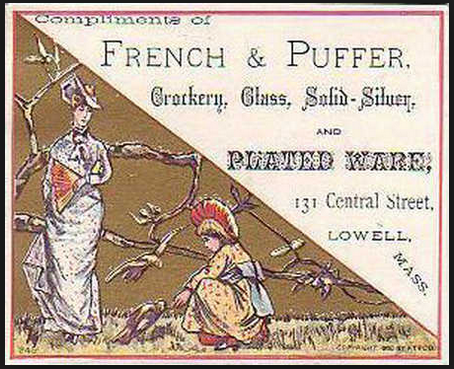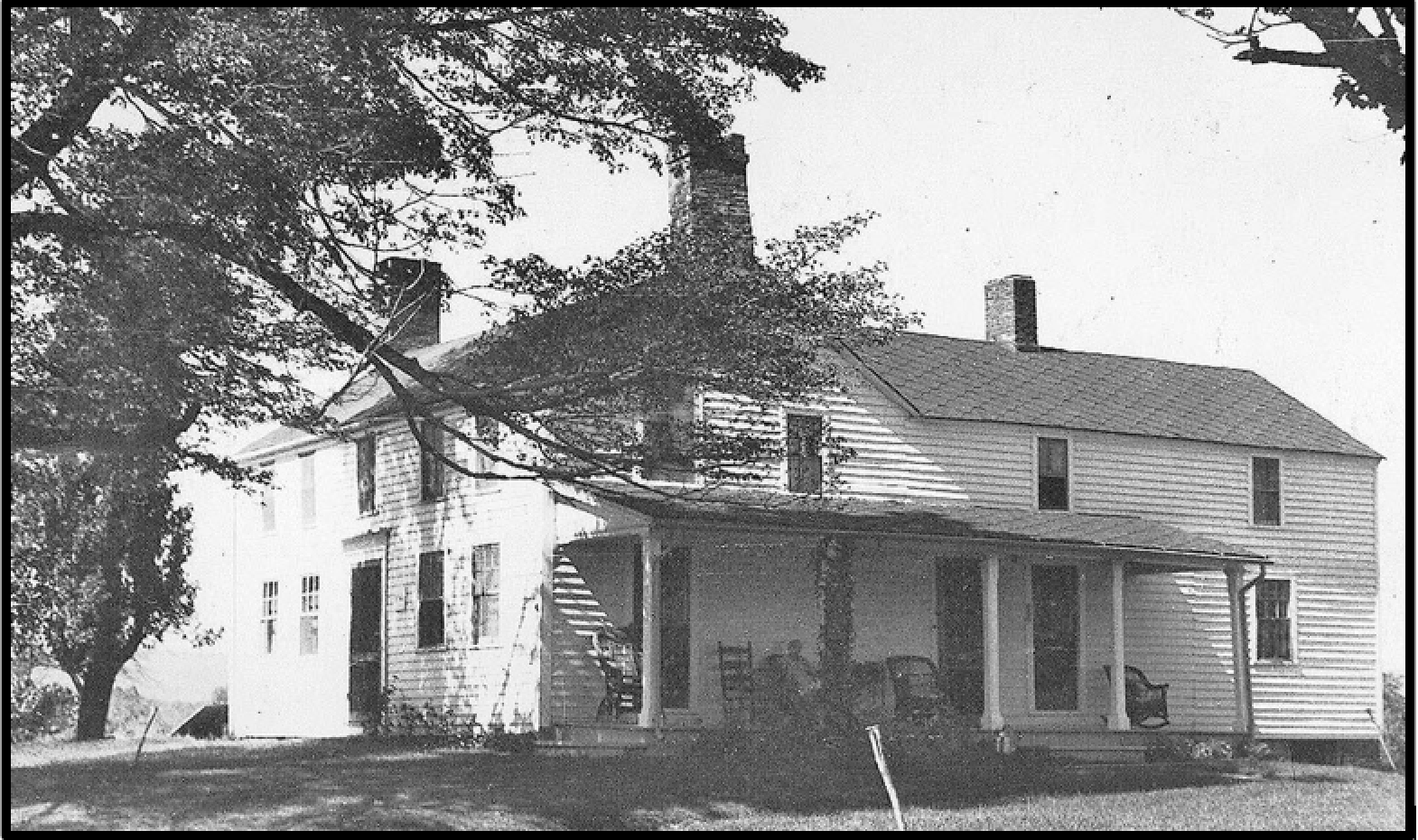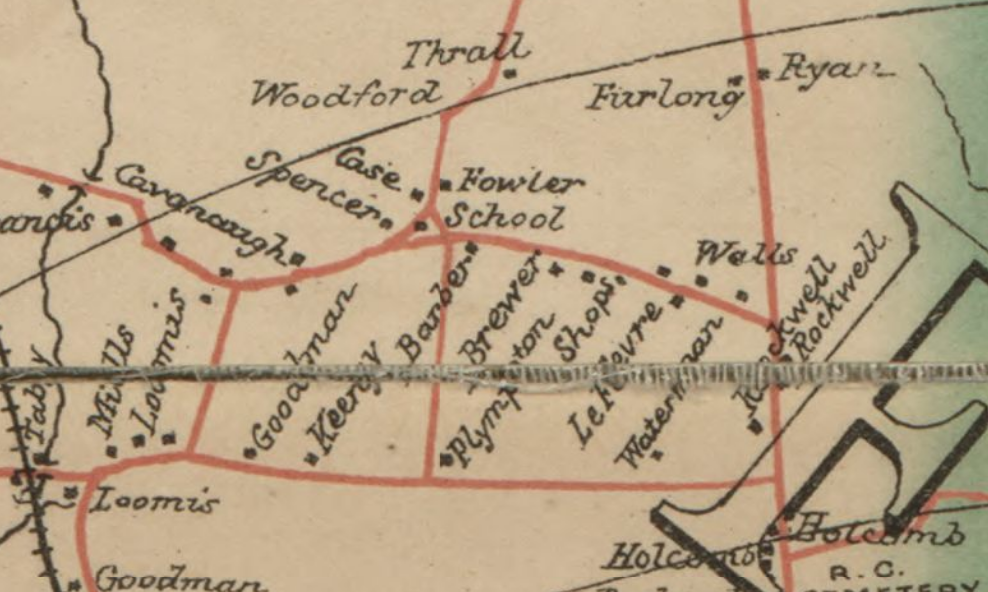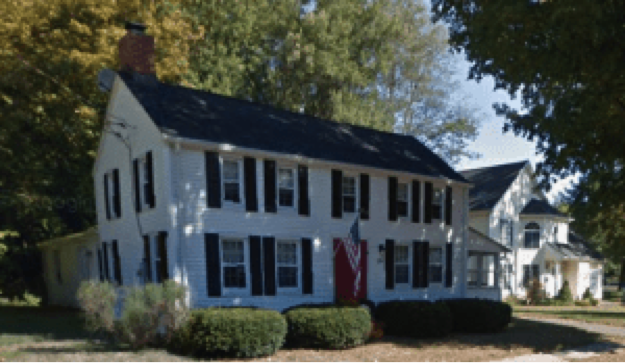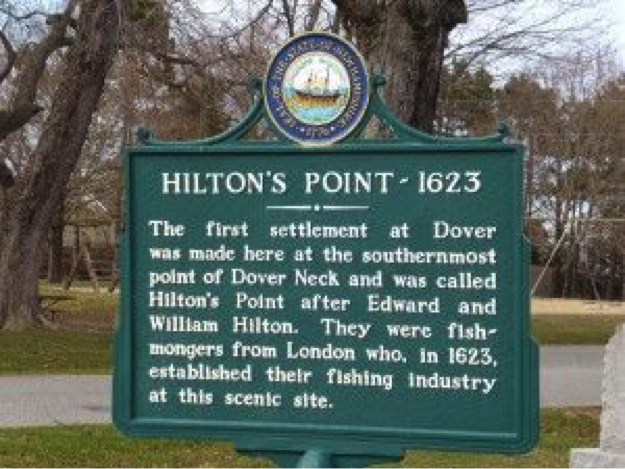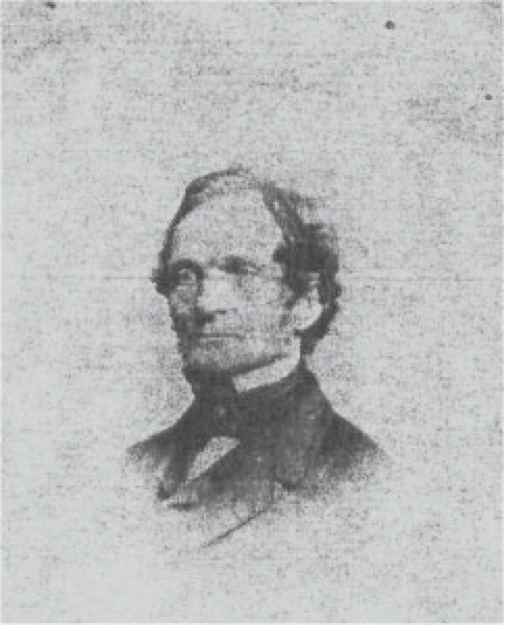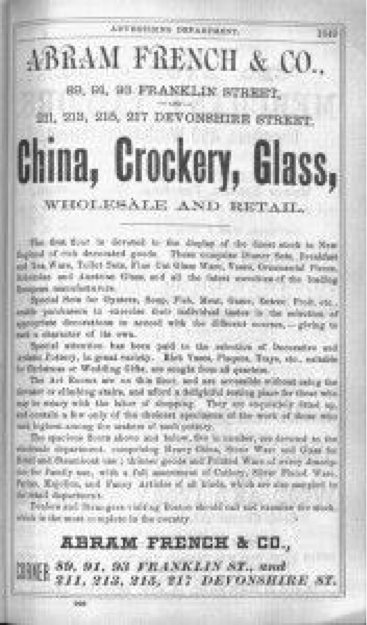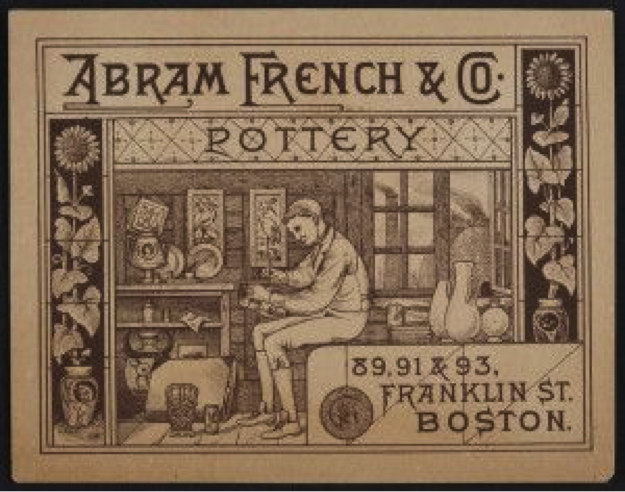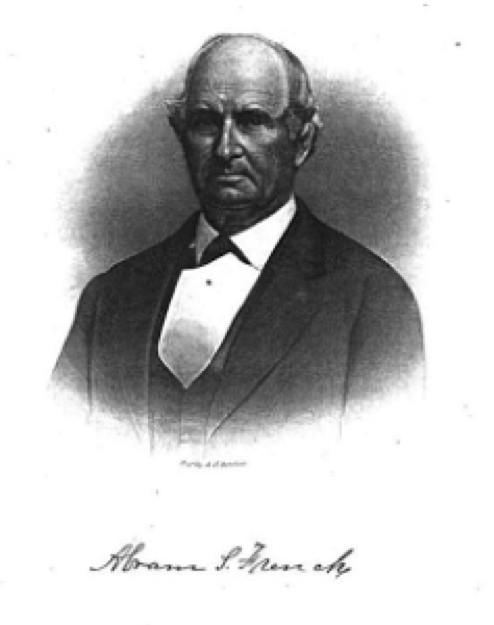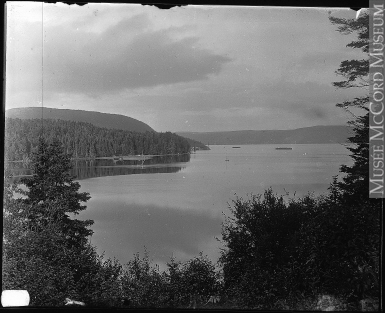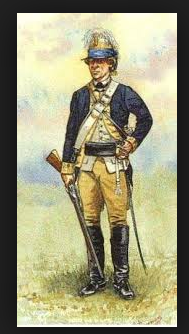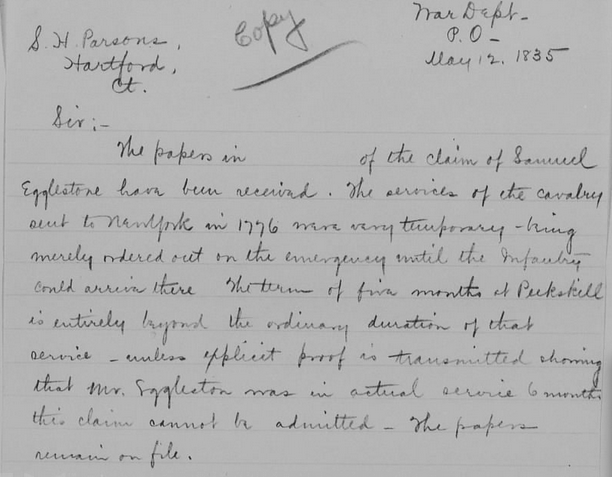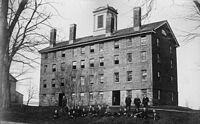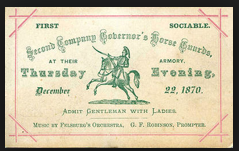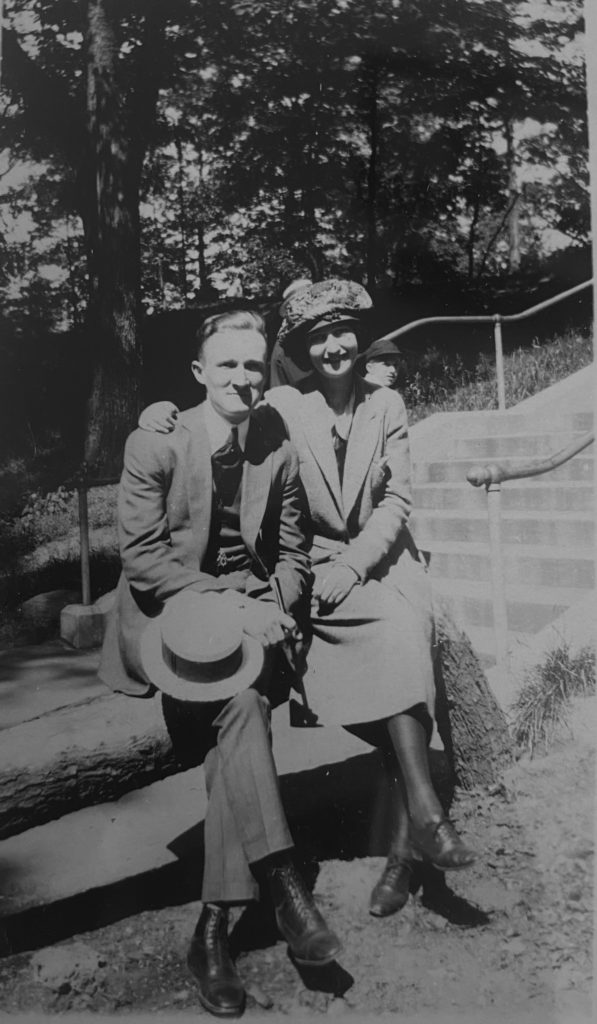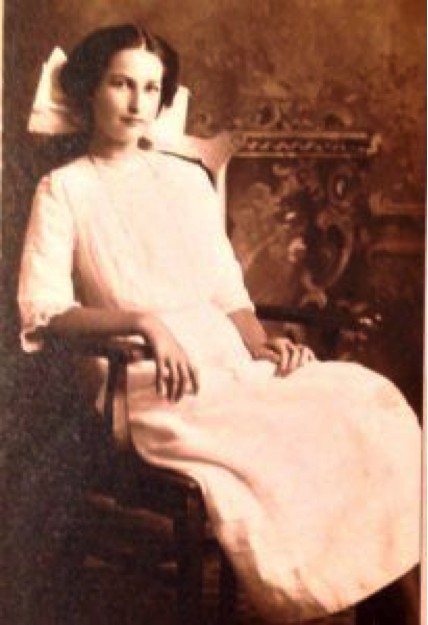Walter’s in the House
UPDATE: After listening to an amazing episode of American History Teller entitled the Reconstruction Era: The Great Betrayal (Ep. 6), an important piece of Walter’s story made perfect sense: The year 1877 marked the last year of Reconstruction for the nation.
“The results of the U.S. presidential election of 1876 were a mess. A Democratic candidate had emerged with the lead in the popular vote, but 19 electoral votes from four states were in dispute. In 1877, Congress convened to settle the election—and their solution proved to be the beginning of the end for Reconstruction in the south.” (How the 1876 Election Tested the Constitution and Effectively Ended Reconstruction – History)
Walter Henry French Jr. was born on December 2, 1837 in Lowell, Massachusetts to Walter and Sarah (Bowers) French. Walter Jr. is my 1st cousin-4x removed. His grandfather, Luther French, is my 4th great grandfather.
On May 5,
2016, the U.S. House, Office of the Historian, published an article
entitled, An Early Effort by the House of Representatives to Preserve Its
Records. The article noted that in
1899, Walter urged Congress to protect and preserve congressional records,
stating “the extreme heat in summer from the iron roof and the dampness in
winter from the condensation of hot air coming against the cold iron of the
roof renders the place unfit for documents of such value.
Walter Jr. is
a genealogists dream, an interesting life in Washington D.C. ripe with
political history and well documented. He was frequently noted for
his extensive collection of scrapbooks full of newspaper and periodical
clippings and for his knack for uncovering priceless documents. To keep
this post manageable, I am providing links to newspaper articles in which
Walter was referenced. I believe Walter enjoyed being mentioned in the
news and he was even able to document his imminent demise…several times!
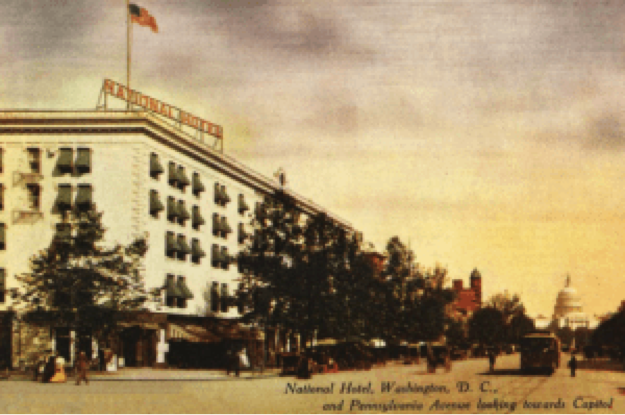
In 1857,
Walter moved from New Hampshire to Washington D.C. and worked as a
clerk/manager at the National Hotel. He came to Washington with Franklin Tenney who
“assumed charge” of the National, which had been closed following a
“mysterious and fatal sickness that had broken out among its guests.” Tenny was married to Mehitable Swett Varnum who was
a niece of Brigadier General James Varnum of Revolutionary War fame and of
Bradley Varnum who was at one time Speaker of the U.S. House of
Representatives. This political connection appears to have
played an important role in Walter’s life. In 1876, he was appointed as journal
clerk for the U.S. House of
Representatives.
U.S. House of Representatives – Mr. Walter H. French, of Boston Mass., who has been appointed Journal Clerk in place of Mr. Smith, who resigned, took his place today. May 1, 1876 – Alexandria Gazette (Virginia)
However, in December 1877, Walter was removed and replaced by Albert Lamar of Georgia. Lamar was clerk for the Congress of the Confederate States (CCS) from May 1862 to March 1865 at Richmond, Virginia. Just how a avowed secessionist and former clerk for the CCS became a clerk for the U.S. House of Representatives twelve years after the end of the Civil War is a mystery?
Following his dismissal, Walter moved to Boston and later New York City where he opened an office on Wall Street, working as a stock broker. According to his obituary, three times he made and lost his fortune playing the market as a plunger. To quote P.J. O’Rourke, “Giving assets to a stock market plunger is like giving beer and car keys to teenage boys.” A plunger makes daring emotional investments, risking a large percentage of capital on a single trade. By the age of 45 he was out of the market and back in Boston were he tried his hand in politics, supporting the Democratic Party.
Walter’s
support of Democrats paid off in 1891 when he was appointed file clerk for the
U.S. House of Representatives for the 52nd United States Congress. His
dedication to the preservation of legislative records and knowledge of
congressional procedure made him a respected staff member and a gifted
researcher for drafting legislation.
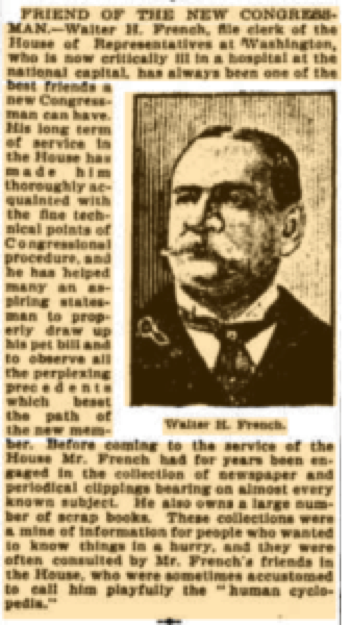
In a way, he was google before google with Members of Congress referring to him as a human cyclopedia. Walter was a dedicated keeper of scrapbooks (newspaper and periodical clippings) for over 20 years. He is quoted as saying, “I think all public men should keep scrapbooks, they are a handy reference and when kept in order you can find in a moment the history of any measure or question.” According to news article, Walter was also in possession of autographs and of rare old public documents, or discovered rare documents.
Stephen Douglas’ Pistol
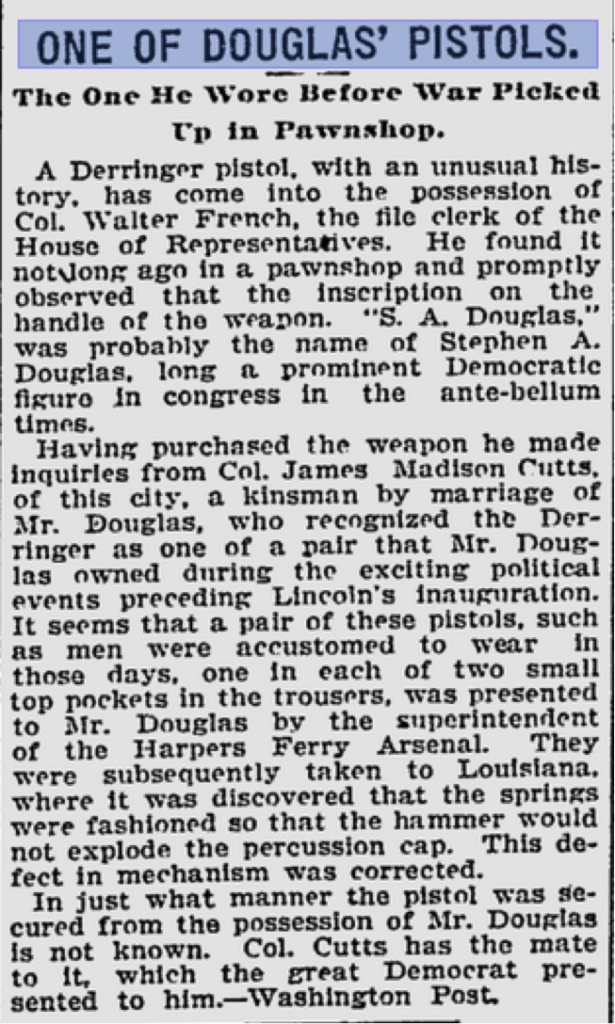
Once again, Walter French is in the middle of history. This time a widely distributed newspaper story tells of Walter’s purchase of a derringer, with a inscription of S.A. Douglas on the handle. Of course, Walter knows who to consult to see if it was once owned by Stephen A. Douglas, the Democratic Party nominee for president in the 1860 election, losing to Republican Abraham Lincoln. Walter happens to know a ‘kinsman’ of Douglas by the name of James Madison Cutts, Jr.,(below) the only American to ever be awarded the Medal of Honor three times! (Article)
(Biography – Arlington National Cemetery) “Colorful” hardly describes the career of this Union officer. From a prominent family and a graduate of Brown University and Harvard Law School, Cutts joined the army in 1861 and was awarded a triple Medal of Honor, the only such medal ever issued, for bravery at the Wilderness, Spotsylvania, and Petersburg. However, the medal was not given until 1891, the delay due in part to a string of career-busting events. These include being caught peering over the transom at a married woman while she undressed, refusing a challenge to a duel, three courts-martial, involvement with a pyromaniac army doctor, ripping the chevrons off one soldier’s uniform and hitting another so hard that Cutts broke his own hand, and seizing property owned by an influential carpetbagger.
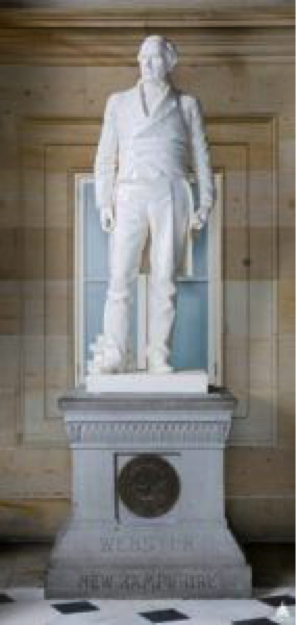
(Image) Daniel Webster’s Pants – When a question arose in 1894 regarding the new statue of Daniel Webster in Statuary Hall at the U.S. Capitol, specifically about the cut of his trousers, they turned to Walter French. Walter, as was his nature did have an answer, he just happened to know the tailor in Boston who measured and cut Webster’s trousers!
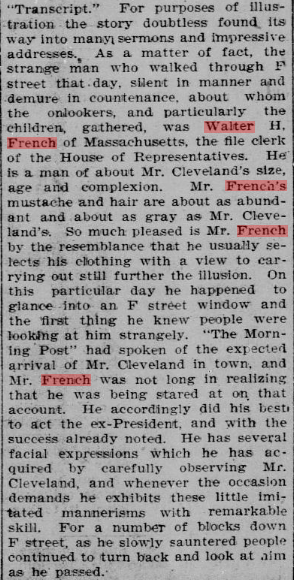
Personating Presidents – Walter happened to resemble (and cultivate his resemblance to) President Grover Cleveland. In 1899, an article was published, becoming a national sensation, about individuals who were misidentified as being “presidential.” (Sacramento Daily Union – March 22 ,1899)

Dead Almost, Then Dead for Real
On several occasions, it was reported in newspapers that Walter was seriously ill and near death, as was his nature he collected and took great pleasure in these articles. When death did finally come in 1904, Walter was in Wiesbaden, Germany on an European tour that included visits to England, Italy, Greece and France. Walter was remembered as one of the best liked men in Washington with close friends among members of Congress and those who frequented the building. Following his death, Congress approved payment for expenses associated with his illness and funeral and a sum equal to six months of his salary ($1,375). The last item to share is a thoughtful, long obituary that sketches Walter’s life and times. Colonel French Dead – Evening Star August 14, 1904
